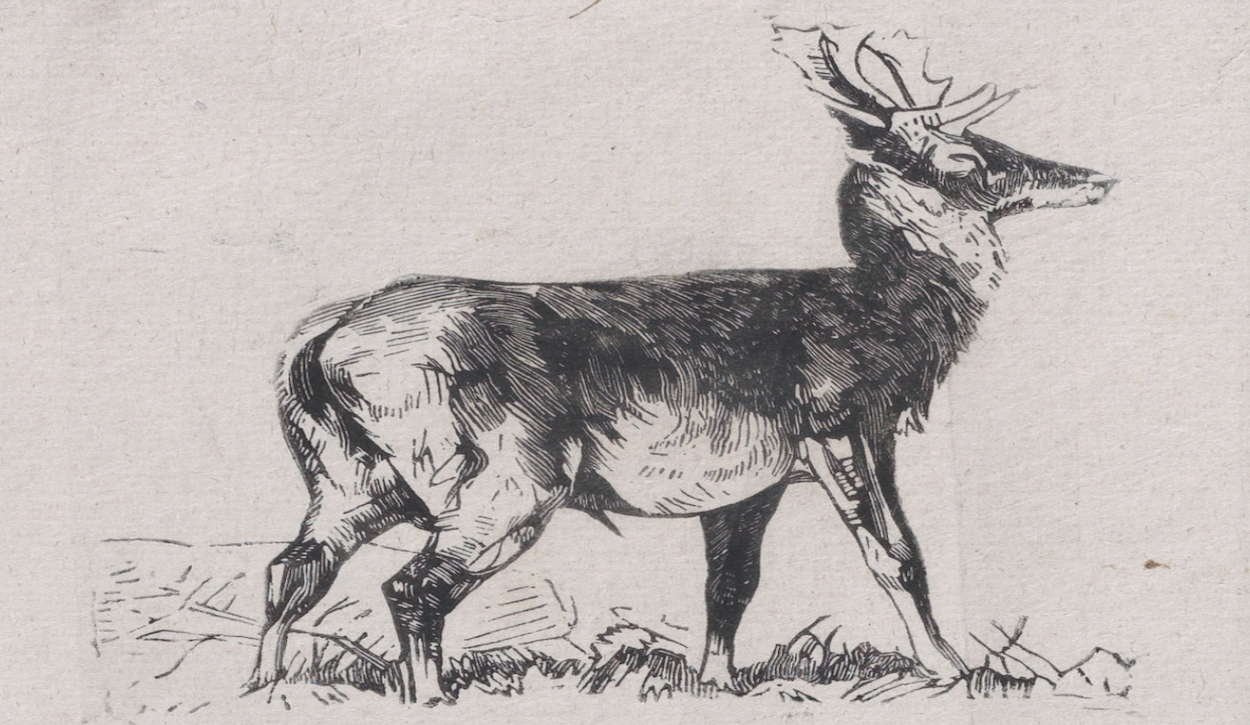
Wildlife suffers the wrath of Mother Nature and habitat destruction. A scarcity of rehabilitation facilities, emergency rescue plans, and trained personnel compromises mortality rates. Oklahoma also has a strong hunting and trapping tradition. However, there is room for broader education of the general public in regards to the laws regulating human and wildlife interaction. The urbanization of the Oklahoma landscape also creates a unique potential for wildlife to intermix with humans, and with education and proper government oversight, those interactions do not have to be negative for either party.
Recommendations:*
Embrace widespread education efforts about proper hunting practices and respect for wildlife.
While Oklahoma has a culture of valuing wildlife and wild places and most hunters have an appreciation for the skills required to hunt game animals, in many cases there remain opportunities to abuse and disregard wild animals. In addition, educating the public about less consumptive methods of wildlife management and appreciation are vital to ensuring a humane Oklahoma.
Study the prevalence, practices, ethics, and laws related to canned hunts and contest kills such as rattlesnake roundups and coyote hunts in Oklahoma.
Focus groups and research into modern attitudes and behaviors about these practices are needed.
Educate the public about urban wildlife conflict resolution.
These encounters will only increase as suburban and urban development continues.
Encourage humane, as opposed to lethal, wildlife conflict-resolution techniques.
Promote programs that foster tolerance of and coexistence with wildlife rather than conflict resolution through killing, trapping, etc.
Develop minimum care standards and record-keeping systems for wildlife rehabilitators.
The more than 100 state and/or federally licensed wildlife rehabilitators in Oklahoma will benefit from participation in professional organizations such as the National Wildlife Rehabilitators Association and the International Wildlife Rehabilitation Council. Educate the public about the twenty-one state and federally listed threatened, endangered, or rare species found in Oklahoma. With education, the public can help protect those animals and be inspired to care for other species, too.
* Recommendations from The Oklahoma Animal Study (Kirkpatrick Foundation, 2016).

